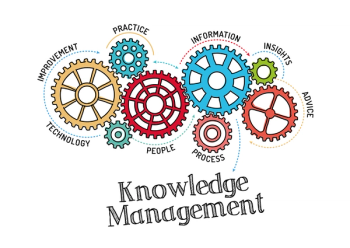
Quality quartets support an integrated and stable combination of commissioning and qualification and quality risk management processes.

Quality quartets support an integrated and stable combination of commissioning and qualification and quality risk management processes.

The ability of artificial intelligence to process large amounts of diverse data cleanly creates more accurate reports for improved drug safety.

Analytical procedure performance can be continually verified by risk-based monitoring of performance related data.

Good distribution practices ensure appropriate physical storage, distribution, and supply chain security, says Siegfried Schmitt, vice president, Technical, at Parexel.

The further we pursue CGT, the more variability we need to account for in order to engineer consistency into these new products.

Harmonization of global regulations fosters innovation and ensures quality medicines.

Shifting guidance and the growing prominence of computer software assurance exemplify the state of computer software validation.

Susan J. Schniepp, distinguished fellow for Regulatory Compliance Associates, and Shiri Hechter, senior lab operations manager for Nelson Laboratories, provide a simple approach to validating analytical methods.

In light of increasingly stringent sustainability requirements, bio/pharma companies need to make sure they formulate effective ESG strategies.

A CCS provides significant benefits to the industry and helps with holistically understanding contamination controls, says Siegfried Schmitt, vice president, Technical at Parexel.

This article focuses on drawing parallels between ICH Q14/Q2(R2), United States Pharmacopeia (USP) <1220>, and International Organization for Standardization/International Electrotechnical Commission (ISO/IEC) 17025:2017.

FDA struggles to track shortages caused by a rise in demand.

The most safe and effective therapies demand the highest data quality.

QMM is an evolutionary advancement in FDA’s quality management maturity initiative that provides industry with a viable methodology to assess and improve manufacturing quality and supply chain reliability.

Susan J. Schniepp, distinguished fellow for Regulatory Compliance Associates, provides simple answers to frequently asked questions regarding batch records.

Element has opened a new 7500-ft3 facility that will be used to evaluate aerosolized product efficacy for reducing airborne organisms and viral particles.

Data analytics, modular equipment, digital tools, and risk-based validation improve speed, flexibility, and quality.

Industry experts discuss best practices for certificates of analysis.

Documentation is crucial to equipment qualification, says Siegfried Schmitt, vice president, Technical at Parexel.

Single-use systems can benefit from standardized risk assessment and analysis protocols, which can facilitate the way in which processing equipment components are compared.

Updates to general chapters on compounding, <795> Nonsterile Preparations and <797> Sterile Preparation, include requirements for equipment, cleaning, personnel garb, labeling, and surface contamination testing.

The authors discuss the differences in mechanism of activation of N-nitrosamides versus N-nitrosamines and the fact that they should not be treated the same.

CBER maps modernization plan to handle surge in research and applications.

Production of viral vectors requires a holistic view of the product, including its manufacturing process and its ultimate end use.

This article introduces a control chart technique using F statistic for continued process verification of oral solid dosage forms.